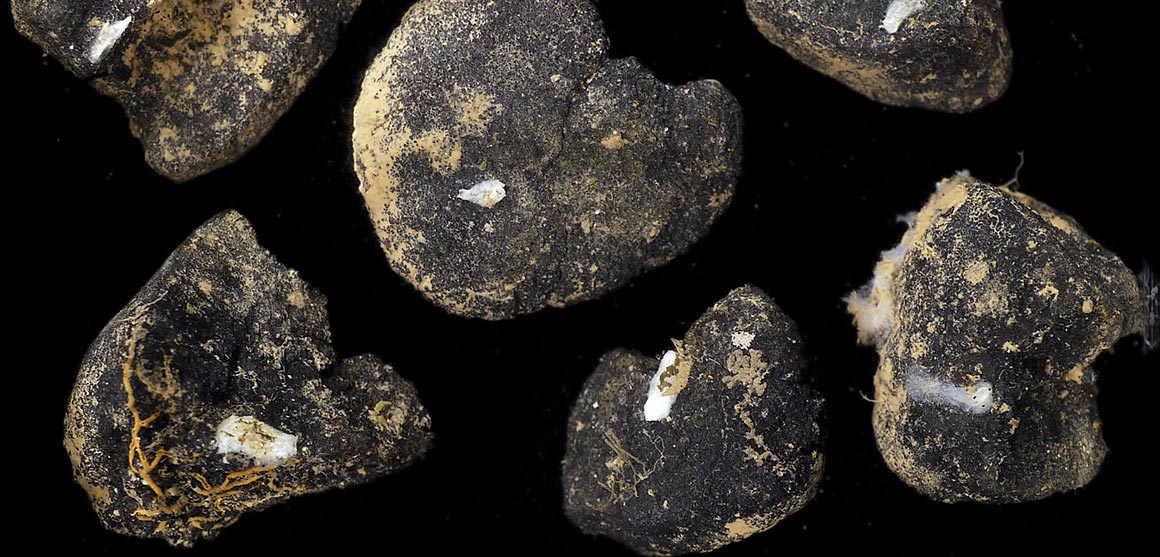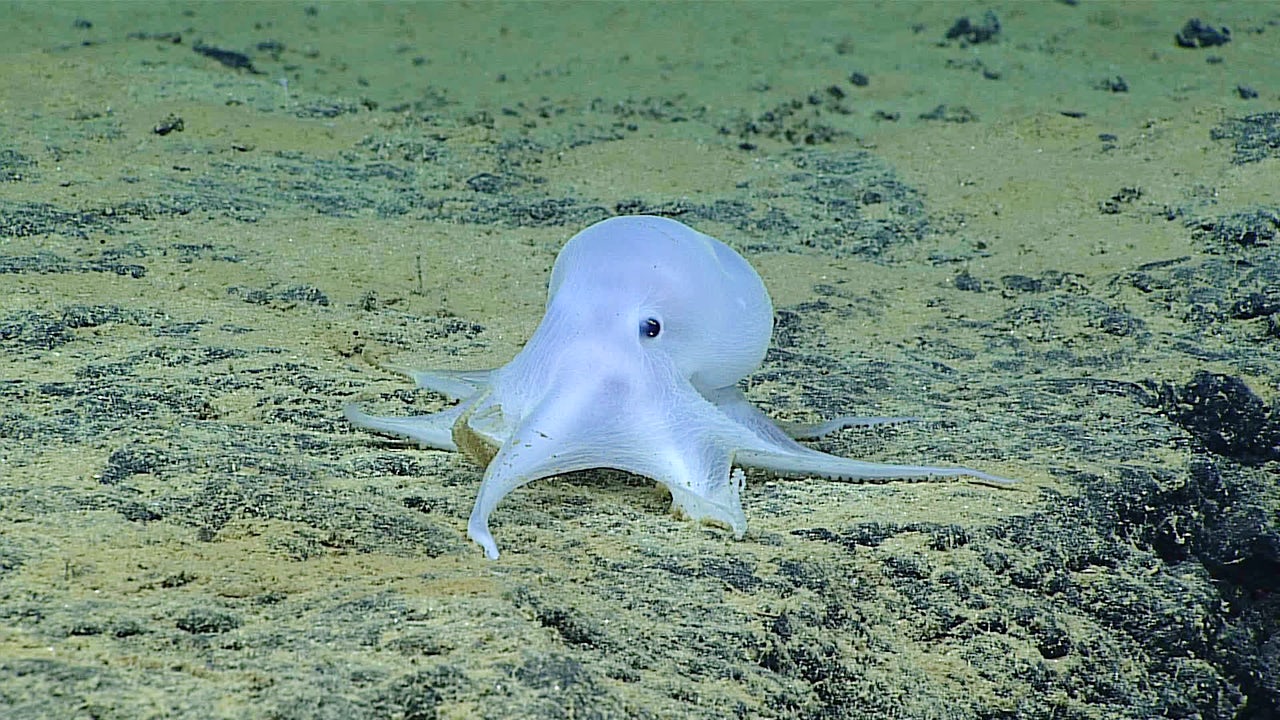NATURAL HISTORY MUSEUM LONDON (NHM) | 25 September 2017
“The sponges live on the ocean floor on metal-rich nodules. The region where they live is targeted by deep-sea mining companies interested in mineral extraction.
Scientists believe they are likely the most abundant animal living on the nodules and could be a key indicator species for measuring future mining impact.
Dr Adrian Glover, principal investigator of the deep-sea research group at the Museum, said, ‘We were simply astonished to discover that the animal was not only a new species but from a new group as well, despite the region being subject to many surveys in the past.
‘It is clear that our knowledge of the biodiversity in this region is still very limited.’ ”
Read the full article on Natural History Museum London (NHM)






